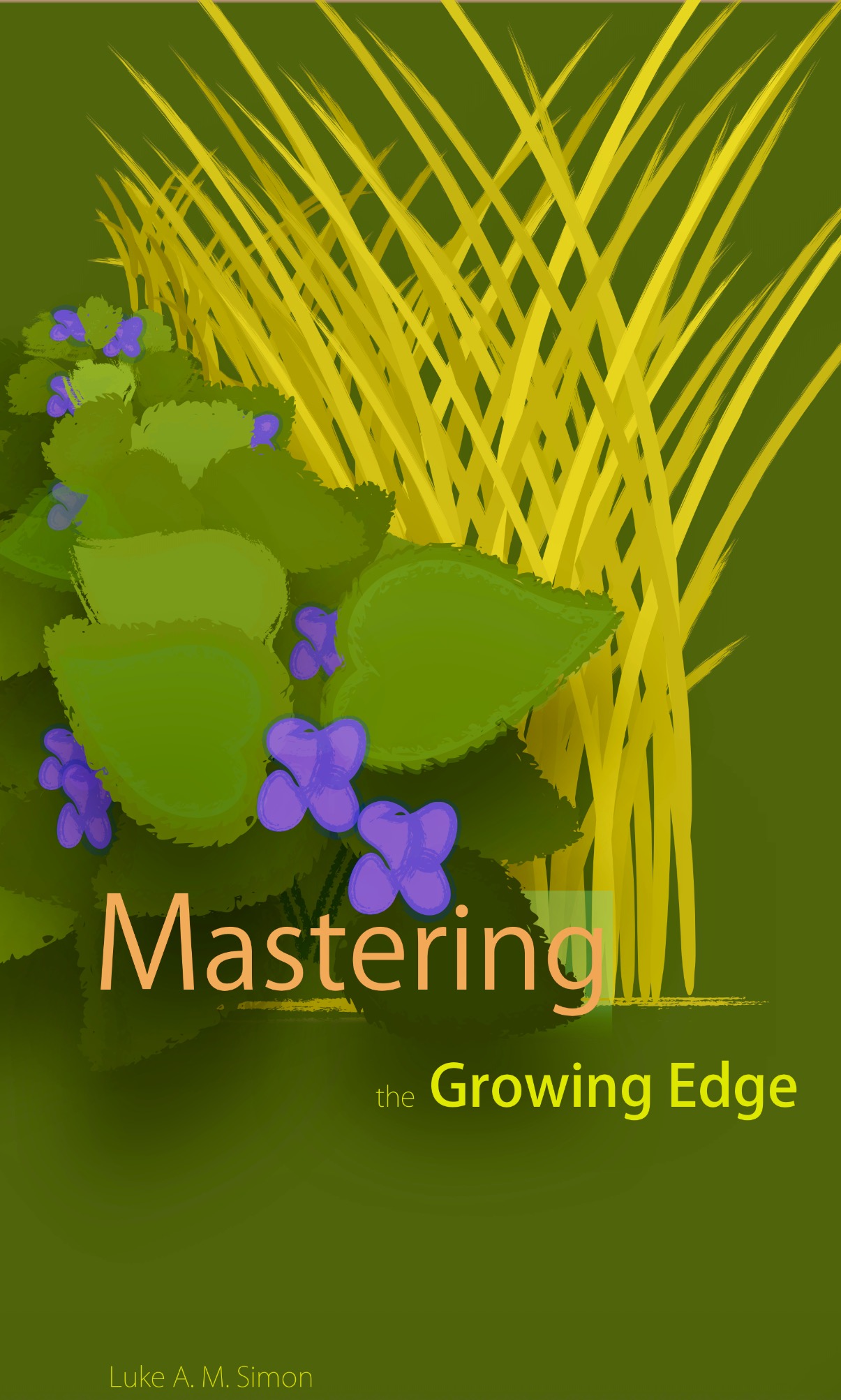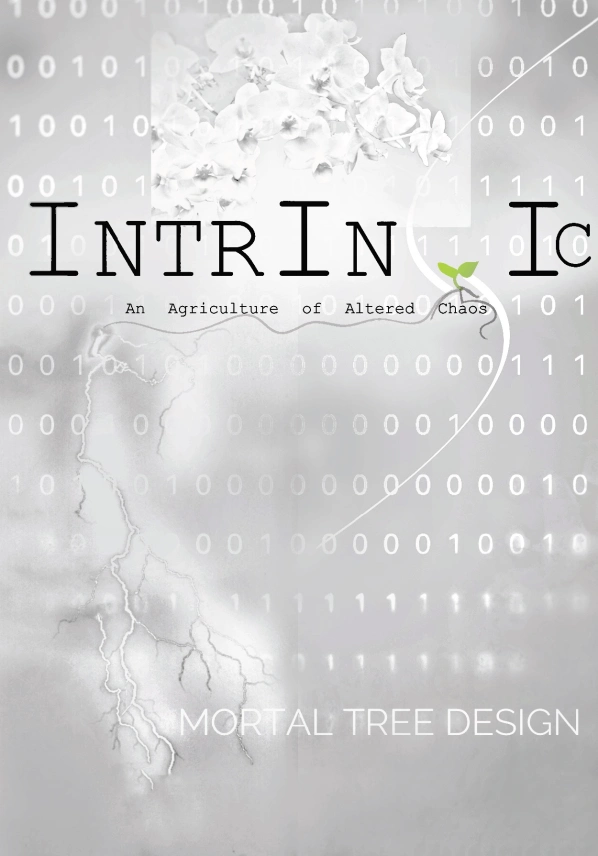One of the more ticklish subjects of permaculture is aromatic pest confusers. It’s an idea that aromatic essential oils from plants ward off insects and disease, leading to the idea that mints, garlic, and other aromatic essential oil producing plants should be planted near non or low production essential oil plants to mask the tasty plant’s smell and release potent insect and disease inhibitors.
I know a few people who dismiss the idea as rubbish, saying it’s diversity of a system that gives results. I was just reading an article over at Plant Scientist suggesting otherwise.
The article was rather lengthy and not so much about my subject. What I found of interest in the article was this:
Further analysis of the volatile compounds contained within the plant bags found that methyl salicylate was the main driver of aphid behaviour. The addition of methyl salicylate to air samples previously attractive to aphids made the samples repellent to aphids. Methyl salicylate has previously been shown to repel other aphid species and attract parasitoids and it is also thought that it can be transported around the plant in the phloem to induce defence responses.
I half recognized methyl salicylate from my study of essential oils. Reaching for an especially good book on the subject I have on loan from a friend (Thanks Elora!), I looked up mint. It doesn’t contain any. So I looked up the compound and found it is highest in wintergreen (Gaultheria procumbens) followed by sweet birch (Betula lenta) with 96-99.5 and 90 percent methyl salicylate content, respectively.
Unfortunately neither of these are the easiest to grow (that’s why I hoped mint had it), but not impossible. They at least reach my hardiness zone.
I am still attempting to grow wintergreen in a friend’s garden that is better suited for it than mine (deep pine forest humus –not my food forest!); and lots of diseases affect birch where I live. But certainly give a look at growing them yourself because this information seems strongly suggestive they are legitimate aromatic pest confusers and predatory attractors.
I noticed on the Wikipedia page for methyl salicylate that they listed Spiraea species as a source, content levels unknown, and no source cited (figures).
I couldn’t get my book to cough up any info, but then I found this quote in The Plant Encyclopedia from Gregory L. Tilford’s Edible and Medicinal Plants of the West
Spiraea (also known as Meadowsweet) is too woody to be used as an edible plant, but has a long history of medicinal use by Native Americans as an herbal tea. The entire plant contains Methyl salicylate and other salicylates, compounds with similar medicinal properties of Aspirin.
Now spiraea I can grow. Unfortunately I can’t pin down average concentration levels.
While searching I came across a Permies page discussing the matter of methyl salicylate as a control for aphids, if you’re interested.
Seeing that Permies has talked about it, perhaps you’ve already heard about it –in which case I hope I didn’t bore you –and in which case you certainly won’t bore me by educating me further via a comment. Any would be welcome.
Featured Image from FEDCO Trees. See this post for more info.




I was very interested in this, since what we call meadowsweet (filipendula ulmaria) grows frequently here on Skye. I know the flowers make a very pleasant honey flavoured cordial, but hadn’t heard of an aphid deterrent effect (not that they’re generally a problem due to our winds!)
LikeLiked by 1 person
I’m also quite interested in finding out more about these pest confusers and do have some possible leads of information I intend to post. Thanks for letting me know your interest. I appreciate it.
Naturally occuring meadowsweet sounds wonderful. I, and several other gardeners I know have tried to grow it here. They always die out within a year or two, and certainly don’t seed themselves. I look forward to hearing more about your project. Thanks for sharing.
LikeLike
I can tell you meadowsweet likes damp, even boggy soil! If you come up with deterrents for slugs …. now that would be wonderful. I look forwards to your plant pest deterrents.
LikeLike
Haven’t seen anything on slugs yet. But I haven’t specificaly looked either. You might have just started a new venture for me. Thanks.
LikeLiked by 1 person